
Architecture mistakes don't just break systems,
they break careers and burn budgets!
Join us to transform high-pressure decisions into high-impact solutions.
- 22696+
mailing subscribers
- 3
top experts
- 4
technologies
- 20+weeks
of free knowledge

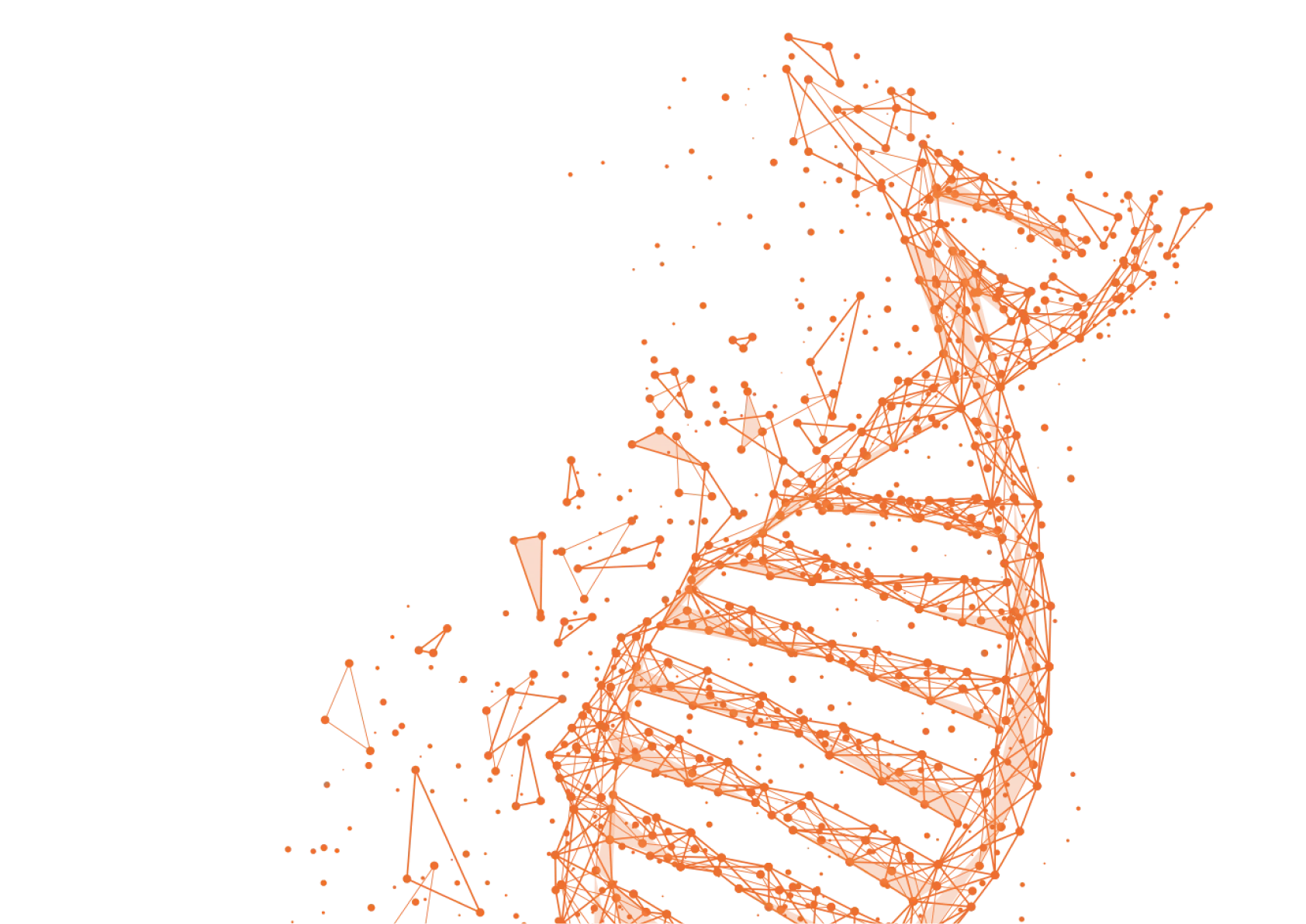
Join the DNA Community
We've dominated our local market and now we're bringing DNA to software developers worldwide 🌎.
Join 22,696+ developers in our newsletter and discover how Designing Next-Gen Architecture is transforming development for companies of all sizes!
Every Friday, you'll gain insights on:
Practical applications of DDD and ES
A healthy perspective on microservices
Navigating legacy systems
Effective communication with business stakeholders to turn collaboration into a breeze
... and many other aspects crucial for the work of a Software Architect.


Benefits of subscribing to our newsletter
Grow
Receive a regular dose of free, fascinating materials on software architecture
Stay Updated
You won't miss any important information about the DNA program
Save Money
Get the best offer to join the DNA Program as soon as it becomes available
who simplify complex architecture into actionable insights - delivered
free to your inbox every week.
Why Choose the DNA Program?
The DNA Program isn't just another course - it's your gateway to mastering Software Architecture through real-world expertise and hands-on learning.
Here's what makes it unique:
Learn from Industry Experts
This isn't textbook knowledge. The DNA Program is taught by seasoned practitioners who've navigated complex projects, sharing what works, what doesn't, and how to tackle real-world challenges with confidence.
Practical, Actionable Learning
Theory meets application here. From real-world case studies to exercises you can apply directly to your work, every lesson is designed to make an immediate impact.
Expert Guidance from All Angles
Gain insights from mentors with diverse specialties - system design, performance optimization, legacy systems, and more. Their combined perspectives give you a 360-degree understanding of Software Architecture.
Tailored for Your Success
Content is designed to fit your learning style-videos, audio, transcriptions, and code examples in multiple technologies (Java, PHP, JavaScript, .NET). Learn how you want, when you want.
Ready to transform your career?

Meet the Experts
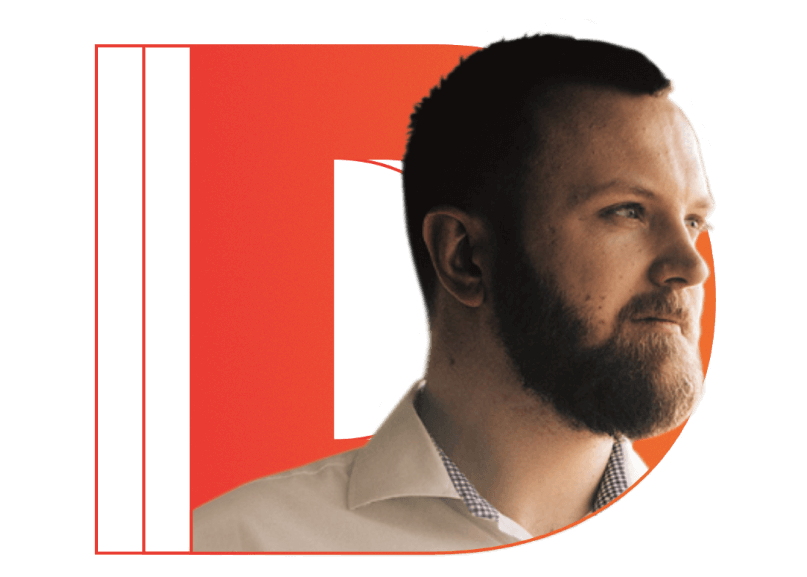
Łukasz Szydło
Architect / Developer / Trainer
21 years of experience. Architect and independent consultant. Professional trainer.
A huge fan of Software Craftsmanship.
Also: father of six.Java EE
Unit testing
Continuous Delivery
Domain Driven Design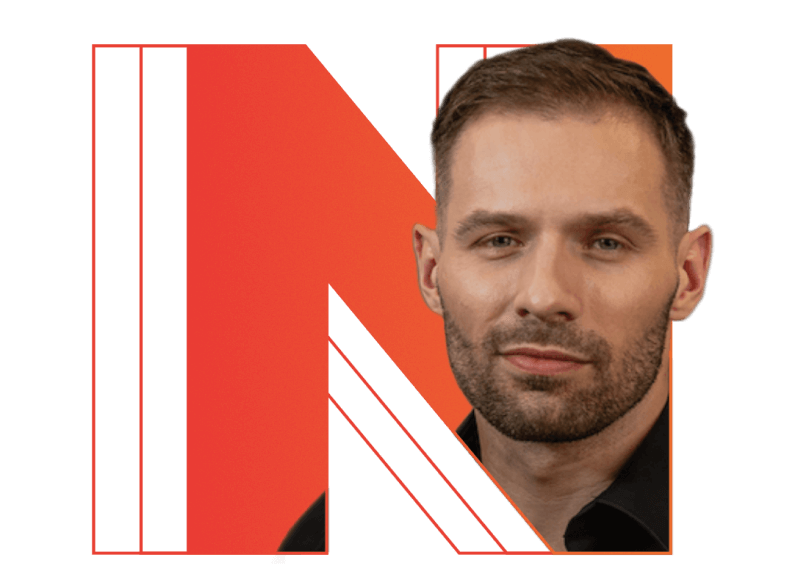
Jakub Pilimon
Architect / Trainer / Speaker
Principal Technologist, independent consultant. Domain Driven Design enthusiast and unit testing fanatic.
A huge fan of Event Storming.
Also: kitesurfing and motorcycles.Unit testing
Event Storming
Domain Driven Design
Evolutionary architecture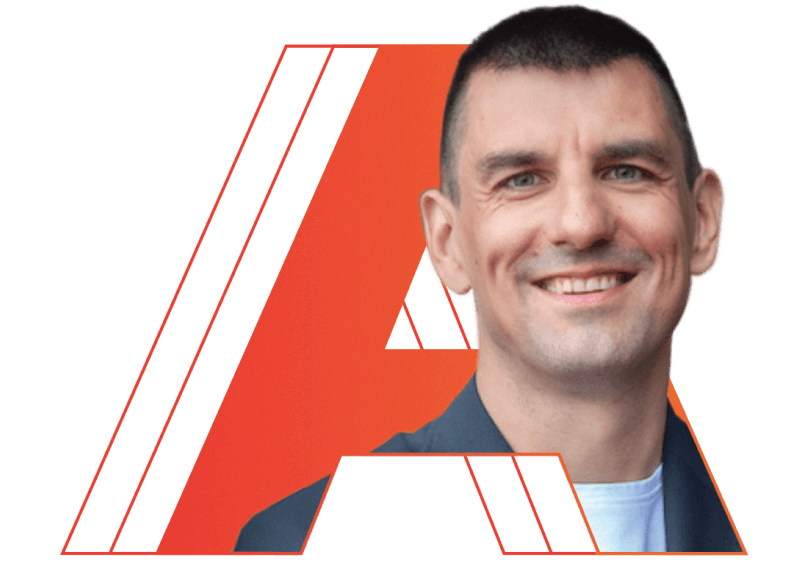
Jakub Kubryński
Architect / Consultant / Trainer
30 years of experience, starting at age 7 with Fortran 77. Trainer, consultant, and CEO of Devskiller. Focused on distributed systems.
Also: pilot, DJ and drone operator.Performance
Microservices
Infrastructure
Distributed systems



Coordinator
Maciej Aniserowicz with devstyle team

Devstyle is a leading online education hub supporting the professional development of programmers and IT specialists, offering articles, podcasts, and online trainings.Maciej, a former programmer who successfully transitioned into entrepreneurship, has created a community focused on continuous development and skill enhancement.Our materials are now among the most highly regarded in our IT market.
DNA will boost your career.
Ready to elevate your skills?
Think like a true architect: Stop chasing frameworks, start making decisions that matter.
Get Free Weekly Tips from the DNA Program, Delivered Straight to Your Inbox!
Our newsletter is a multi-format knowledge arsenal:
- 💡 Insights from top architects
- 🎧 Audio breakdowns
- 📊 Infographic blueprints
- 🎥 Expert video explanations
BONUS!
Our subscribers receive a FREE A1 Architecture Map Poster
- a beautifully visualized guide to the knowledge we provide.
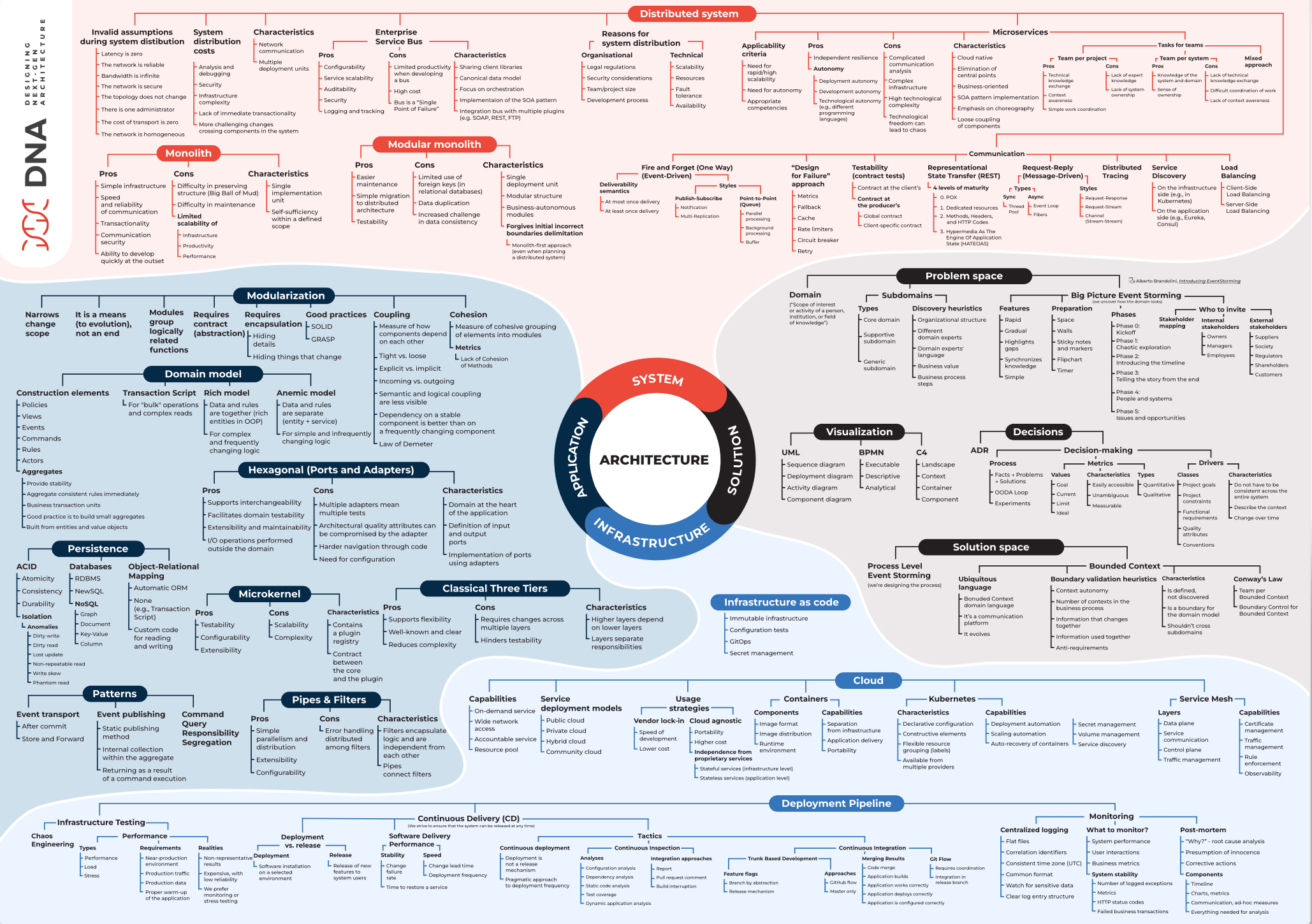
Questions? Fire away!
We have nothing to hide.
If you need more information, please reach out: hello@devstyle.pl